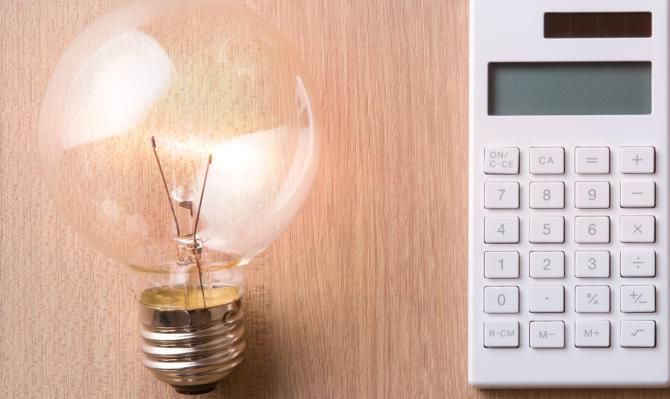
Inflation inequality
Euro area inflation has reached record highs above 5.0%, with no let-up in sight for the coming months, especially following the surge in energy prices due to the conflict in Ukraine. Beyond the figure itself, it is often overlooked that the impact of a rise in prices does not affect all households alike, and that this largely depends on which items are responsible for the price rally.
Inflation is back in the limelight and dominating the headlines. The revival of demand, in a context of persistent bottlenecks in production chains and rising energy prices, has been driving up prices since March 2021. As a result, euro area inflation has reached record highs above 5.0%, with no let-up in sight for the coming months, especially following the surge in energy prices due to the conflict in Ukraine. Beyond the figure itself, it is often overlooked that the impact of a rise in prices does not affect all households alike, and that this largely depends on which items are responsible for the price rally.
In this episode of rising inflation, it is interesting to note that prices have risen across the board: whereas at the beginning of 2021 only 17% of the components of the CPI basket registered inflation above 2.0%, by December this percentage had risen to 75% and, moreover, around 25% of the components had inflation exceeding 5.0%. Not only that: inflation in the components encompassing essential goods and services (food, electricity and heating, for example) went from just 0.5% in January to almost 7.0% in December, a figure which rises to 9.2% when including petrol (see first chart).

These products have a very rigid demand which makes finding substitutes difficult (one can stop going on holiday if it becomes too expensive, but using less heating in the winter is not so easy), so the rise in inflation is having an uneven impact on different income tranches. In fact, according to data from Eurostat, lower-income households (corresponding to the 1st and 2nd quintiles) allocate 13% of their expenditure to food and around 20% to housing,1 gas, electricity and heating. In comparison, higher-income households (the top quintile) allocate less than 10% and 5%, respectively.2
As a result, the sharp rise in the price of essential products has a greater impact on the lower income tranches: according to our estimates, the gap in inflation of essential goods between lower and higher incomes (known as inflation inequality) rose from 0.1 pp in January to 0.8 pps in December, the widest it has been in at least a decade.3 In other words, although inflation in essential goods as of December stood at around 7.0% (excluding petrol), its was different depending on people’s income level. For those on lower incomes, we have estimated that inflation in this category was 7.3%, while among higher incomes it was 6.5% (see second chart).
- 1Understood as rental expense or equivalent.
- 2The data on the distribution of consumption by income quintile published by Eurostat are derived from the 2015 Household Budget Survey (HBS). However, consumption patterns since the outbreak of the pandemic have changed significantly, and the current level of spending on essential goods among those on lower incomes may be even higher than in the 2015 HBS.
- 3This exercise is based on the following document: G. Claeys and L. Guetta-Jeanrenaud (2022). «Who is suffering most from rising inflation?». Bruegel Blog, 1 February.

This difference would be more pronounced in the case of Germany, where the proportion of spending allocated to essential goods among the lower income tranches (1st and 2nd quintiles) is significantly higher than the euro area average and than in its major European counterparts (see third chart).4 In fact, we estimate that the gap in inflation of essential goods between the lowest and highest income tranches rose from 0.4 pps in January to over 1.0 pp in December.
- 4Eurostat does not publish data disaggregated by quintiles in Italy.

In addition, this price rally is occurring at a time when households’ disposable income in some countries has not yet recovered from the blow of the COVID crisis, and even where it has recovered, it hardly offsets the increase in the cost of living (see fourth chart).

In short, despite the limited data, the above exercise appears to suggest that the current pattern of price increases is having a particularly acute affect on the lower income tranches. In an attempt to alleviate this impact, the various economies of the region have launched a number of initiatives, based on a series of recommendations issued by the European Commission.5 These initiatives are particularly aimed at offsetting the rise in electricity bills, which have continued to reach new heights throughout the winter due to the sharp increase in gas prices. The measures adopted include transfers to the most vulnerable households, VAT cuts on energy and price regulation in the retail and wholesale markets, among others. Another measure being considered is a possible change in the system used to calculate electricity prices, in a bid to soften the impact of the marginal price calculation method. However, in reality these are palliative measures that can, momentarily, offset the impact of the rise in the prices of essential goods on lower-income groups of the population.
- 5See European Commission (October 2021). «Tackling rising energy prices: a toolbox for action and support».




